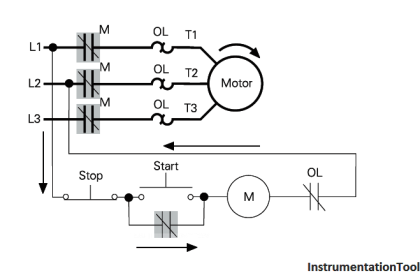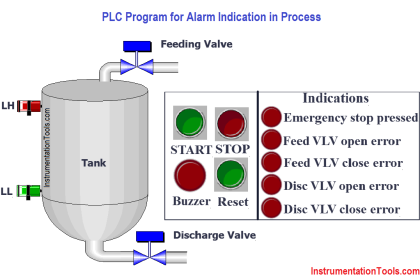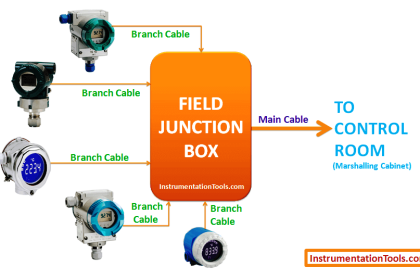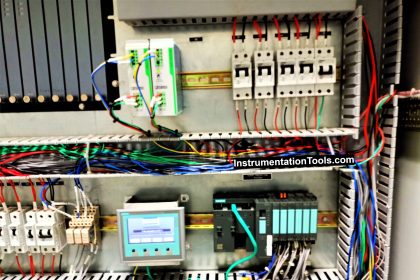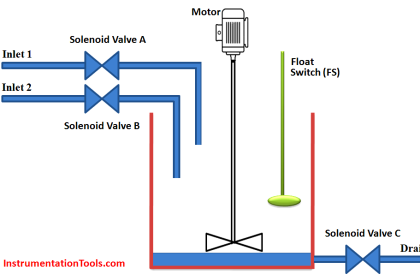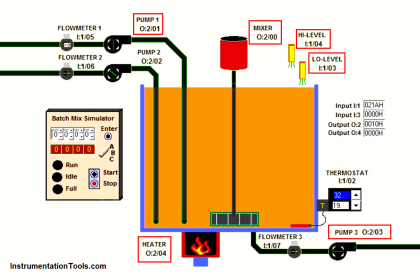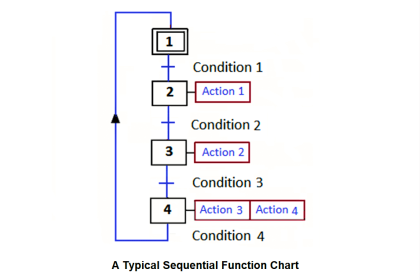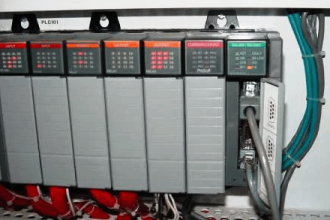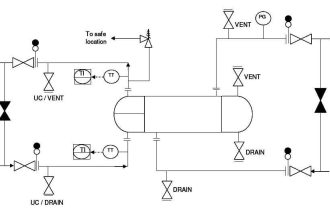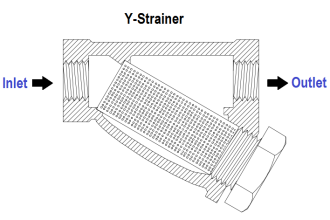In this post, we will learn the concept of hot standby in a PLC (programmable logic controller).
Earlier, single CPUs were used in a PLC configuration. This single CPU controlled the whole plant operation. But, there was the main problem in a single CPU configuration.
If the CPU failed due to some reason or its power supply went off, then the whole plant operation would stop and if it was a critical process, then the large downtime would hamper and affect the whole process in a large way.
To overcome this issue, a feature of hot standby was introduced. Hot standby means a redundant CPU is used in synchronization with the main CPU.
When the primary CPU fails, the standby CPU will automatically become the primary CPU and take over the control of the system in a very quick span of time. The time is so fast that you don’t even realize when the switchover happened.
The hot standby system is used to provide a high level of redundancy and decreased downtime. One CPU acts as primary where all the program runs and communicate with IO’s.
When the primary CPU fails, the standby CPU takes over as primary and resumes the logic operation and IO control from the last paused stage quickly.
Then, when this PLC fails, the earlier PLC again takes up the operation provided it is in a healthy condition. The two CPUs are interconnected with each other through a communication medium like Ethernet.
Hot Standby in PLC
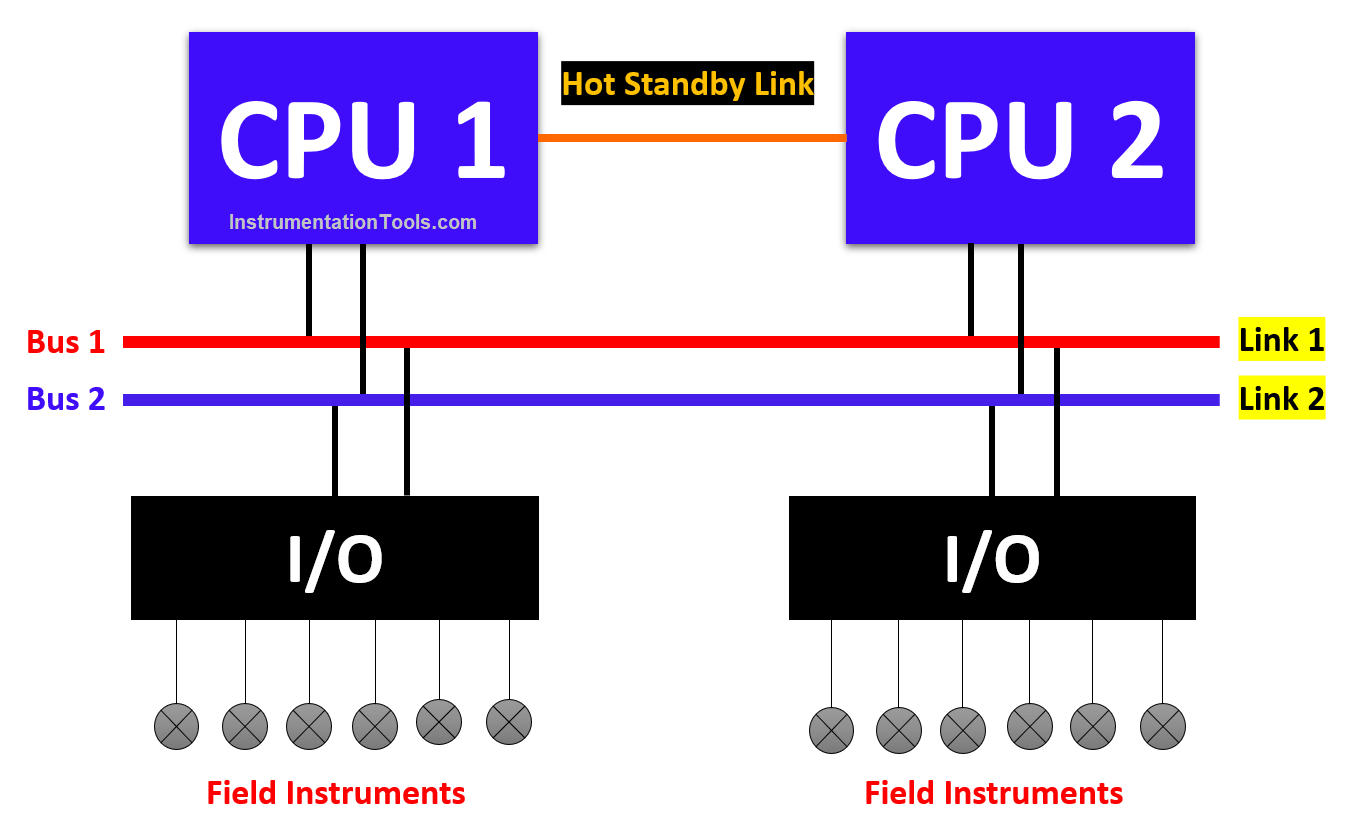
Refer to the above image. The two CPUs are connected with each other through an Ethernet link called Hot Standby Link. The IO links are also connected in such a way that it works in a redundant system.
Before the switchover happens, the following things must be taken care of; otherwise, the switchover won’t happen –
- proper Ethernet Hot Standby link
- health of both the CPU’s
- Identity of both the CPU’s must be different
- Programs running in both the CPU’s must be same
- Firmware versions of both the CPU’s must be same.
Before each cyclic task of a program, the primary CPU transfers data like status and IO data to the standby PLC with the proper date and time stamp.
In the event of a switchover, the standby PLC resumes the operation with the data received. The changeover time is very fast and it can vary from an average of 15ms to one cyclic scan time.
There are many system software codes available to the programmer to control some user-defined functions of the hot standby event.
One popular concept is that on every program modification, the same changes must be transferred automatically to the standby PLC.
Though PLC failure is very rare, a redundant system ensures reliable and safe operation for the plant.
The PLC can fail due to some of the following reasons –
- PLC has entered a halt state
- PLC has detected a hardware or system error and has gone into fault mode
- if the programmer has put the primary PLC in stop mode through the software
- primary PLC power supply is turned off.
It is important to note that the switchover event does not cause any effect on the IO’s.
In this way, hot standby PLCs are very useful in ensuring a seamless and redundant control plant operation.
If you liked this article, then please subscribe to our YouTube Channel for Instrumentation, Electrical, PLC, and SCADA video tutorials.
You can also follow us on Facebook and Twitter to receive daily updates.
Read Next:
- Electrical Wiring Diagram
- Commissioning of DCS System
- Single Phase Preventer Relay
- Simatic Prosave HMI Procedure
- Validate Timers and Counters
